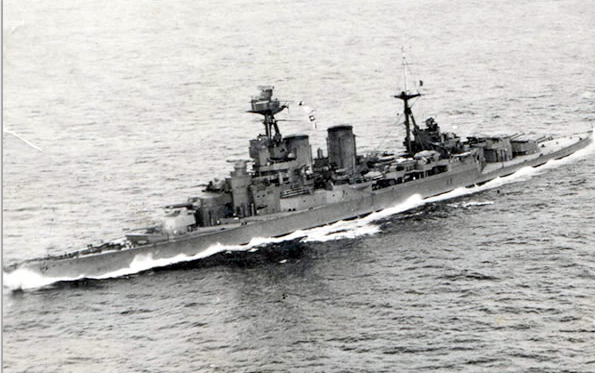75 years ago today - HMS EXETER was lost in the Battle of the Sunda Strait fighting against an overwhelming Japanese force.
HMS EXETER, and her ship’s company, were battle scarred veterans when she deployed to the Far East in 1941. She had limped back to Devonport in January 1940 after carrying out temporary repairs in the Falkland Islands following the Battle of the River Plate and the sinking of the Graf Spee.
The work to refit her ready for sea took just over 12 months and included the replacement of her single 4 inch AA guns with twin mountings: a new catapult and tripod masts. Her new captain, Captain W N T Beckett (known as ‘Joe’ Beckett after a famous boxer of the time) was an experienced officer with a distinguished career but sadly died, of complications arising from wounds sustained when commanding Coastal Motor Boats on the Dwina River in Russia in 1919. His death occurred on the day that EXETER was to re-commission. He was replaced by Ca


